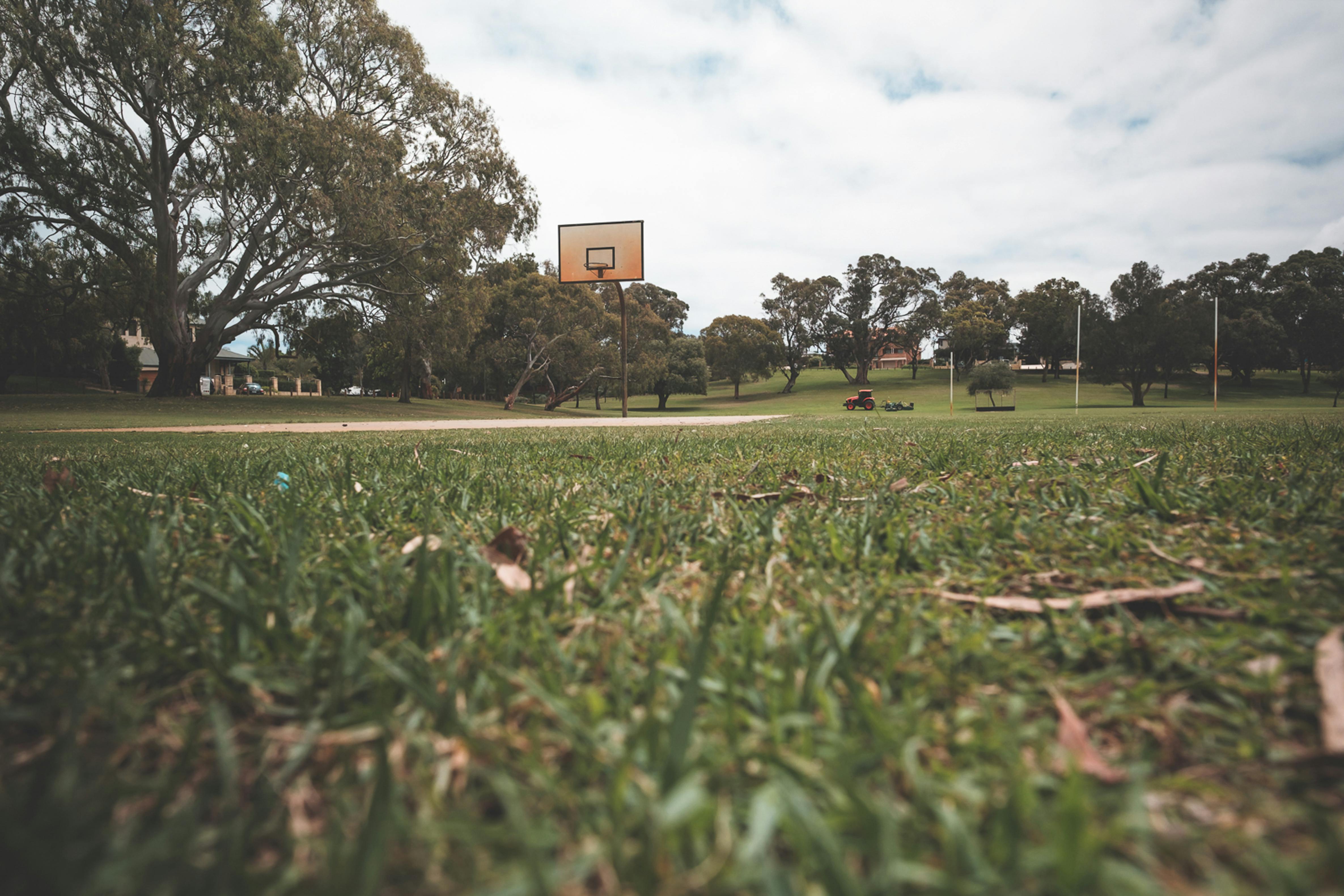
"The Ultimate Cheeseless Cookbook" – Innovative, healthy and delicious recipes from plant ingredients
Joe Stepaniak’s “Ultimate Uncheese Cookbook” was one of the first cookbooks I bought after deciding to go vegan 3 years ago. For those unfamiliar with the term “no cheese,” Stepaniak uses it to describe rich-tasting spreads, dips, sauces, and blocks made with dairy-free whole foods (primarily beans, nuts, or grains).
Cheese lovers be warned: you may be disappointed if you expect your tofu to taste like feta cheese or chickpeas like Havarti. The book’s introduction even acknowledges that “cheeses without cheese will not be like dairy cheeses, so please adjust your expectations accordingly.”
Unfortunately, I skipped the well-intentioned introduction to Stepaniak and immersed myself in the recipes, trying Ricotta Tofu, Chick Cheez, Swizz Cheez, Buffalo Mostarella, Brie, Betta Feta, White Bean Boursin, Monterey Jack, and No Cheese Port. And while they were all tasty (my favorite is the spicy Chick Cheez spread, made with chickpeas), they left me somewhat disappointed and wondering. if I could really live without real cheese.
As a result of not immediately finding perfect non-dairy replacements for my most beloved cheeses, “The Uncheese Cookbook” sat idly on my shelf for some time. Little did I realize that I would return to Stepaniak’s book later (many times), discovering that it had improved with age. Its most valuable lesson is that it introduces unknown ingredients and uses them, as well as more common elements, including raw nuts, in innovative ways.
For example, I had never heard of nutritional yeast, an ingredient used in many of the recipes in the book. Nutritional yeast is a rich source of vitamins and minerals that also has a pungent, cheesy taste. I later learned that Stepaniak is a fan of nutritional yeast, as he is the author of “The Nutritional Yeast Cookbook”.
Other new (and somewhat difficult to obtain) ingredients included agar and kuzu (both plant-based thickening agents used in place of gelatin) and umeboshi plum paste, which is used to add saltiness. Chickpea flour (also known as Chana Besan), although common in Indian cuisine, is also used in many non-cheese dishes.
The introduction to Uncheese Cookbook provides a detailed and helpful reference to all of the above ingredients, as well as others. It also contains well-documented history of how the dairy industry has influenced the evolution of the American diet (echoing T. Scott Campbell’s “China Study”) and provides detailed nutritional data on the benefits of non-dairy calcium sources. protein, fat and carbohydrates vs. dairy products.
Moving on to the recipes, I found that many of the “Plates without cheese” are excellent. Among my favorites are:
- Chocolate Almond Cheeze Cake (p170 *) with Nut Granola Crust – Everyone who has tried it is amazed that it tastes more delicious than real cheesecake, without the use of eggs or dairy (maple syrup is the secret).
- “Besto Pesto” (which imperceptibly substitutes cheese with miso) – How can a vegan diet be considered a sacrifice when you can still enjoy a plate of linguine with genevose pesto sauce?
- Chickpea flour pizza (p128), eaten alongside vegetable curry – takes about 5 minutes to make, so it’s super convenient too!
- Beannaise (p150): used as a substitute for mayonnaise in other recipes, and also on its own, as a sauce for vegetables or salad dressing.
* Note: page numbers refer to the 10th edition of the book.
Other recipes I would recommend include: Parmezano Sprinkles (p50), Eggplant Parmagiano Stew (p80), Spinach and Tofu Manicotti (p117), Zucchini Soup with Chedda Cheese (p77).
Rereading “The Uncheese Cookbook”, there are still many dishes I plan to try, including: Classic Quiche (p102), Lemon Teasecake (p169) -the variation of “Key Lime”, Quick and Easy Alfredo Sauce (p63), Dip spinach and artichoke spicy (p49) and curried cauliflower cheez soup (p76).
Other features of the book that you will appreciate are the tables of nutritional values for each of the recipes and the lists of food allergens (gluten, soy, nuts, corn). On the other hand, the book contains only 4 pages of photographs and could certainly benefit from more.
If you already have “The Uncheese Cookbook” but haven’t learned it in a while, I suggest it is worth taking another look. If you don’t, grab a copy and try their innovative and healthy recipes based on plant-based ingredients. Just remember to set your expectations for the flavor of dairy cheese aside and you won’t be disappointed!